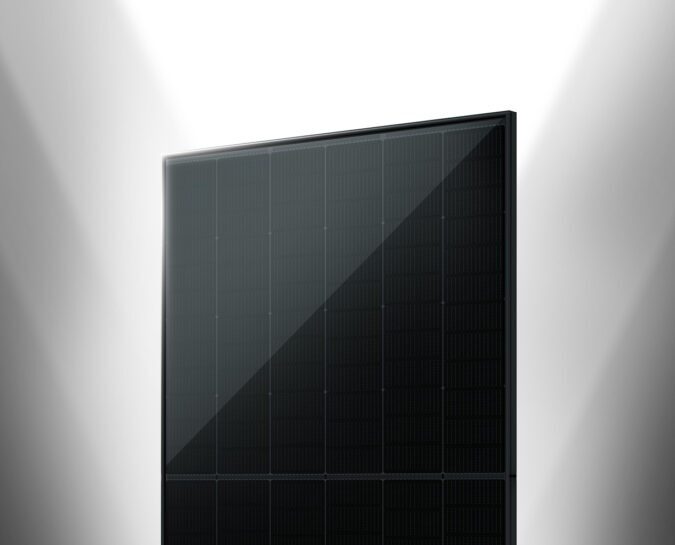Conventional string inverters (SINV) can outperform module-level power electronics (MLPE) in partially shaded PV generators, according to the latest IEA-PVPS report.
The technical report, “Performance of Partially Shaded PV Generators Operated by Optimized Power Electronics 2024,” details the current challenges of partial shading in PV systems and evaluates the latest technological innovation for optimizing energy performance under such conditions.
IEA-PVPS said that inhomogeneous shading on PV generators leads to disproportionately high losses. It explained that a combination of optimized module placement, the use of modules that are tolerant of shading, and optimized power electronics can help maximize the performance of partially shaded installations.
It said that the use of shade-tolerant PV modules, which typically feature four or more bypass diodes rather than three. A higher number of bypass diodes per module makes it possible to selectively bypass less efficient areas of the modules, leading to an increase in module yield. It added that the first manufacturers are beginning to place such modules on the market.
The report stated that SINV deliver the highest yields under weak to medium shading, such as light obstructions from a chimney or module. This applies when shade covers no more than one-tenth of a module in the string simultaneously during the six hours around midday.
IEA-PVPS said commercial PV software tools most improve their component efficiency data and calculations for the operating points of each optimizer based on each solar cell within a module, in order for PV planners to offer customers the most optimal PV design under partial shading conditions.
The report also pointed to ongoing research aimed at reducing PV shading effects, including developing advanced power electronics for individual solar cells and optimizing single-axis mechanical tracking systems for large-scale PV plants on uneven terrain.
This content is protected by copyright and may not be reused. If you want to cooperate with us and would like to reuse some of our content, please contact: editors@pv-magazine.com.




Good Article. Always it’s a preferred option to have Hybrid Inverter which switches between Grid Tied and OffGrid mode depending on the Grid availability and ensure 24×7 power backup to the user.